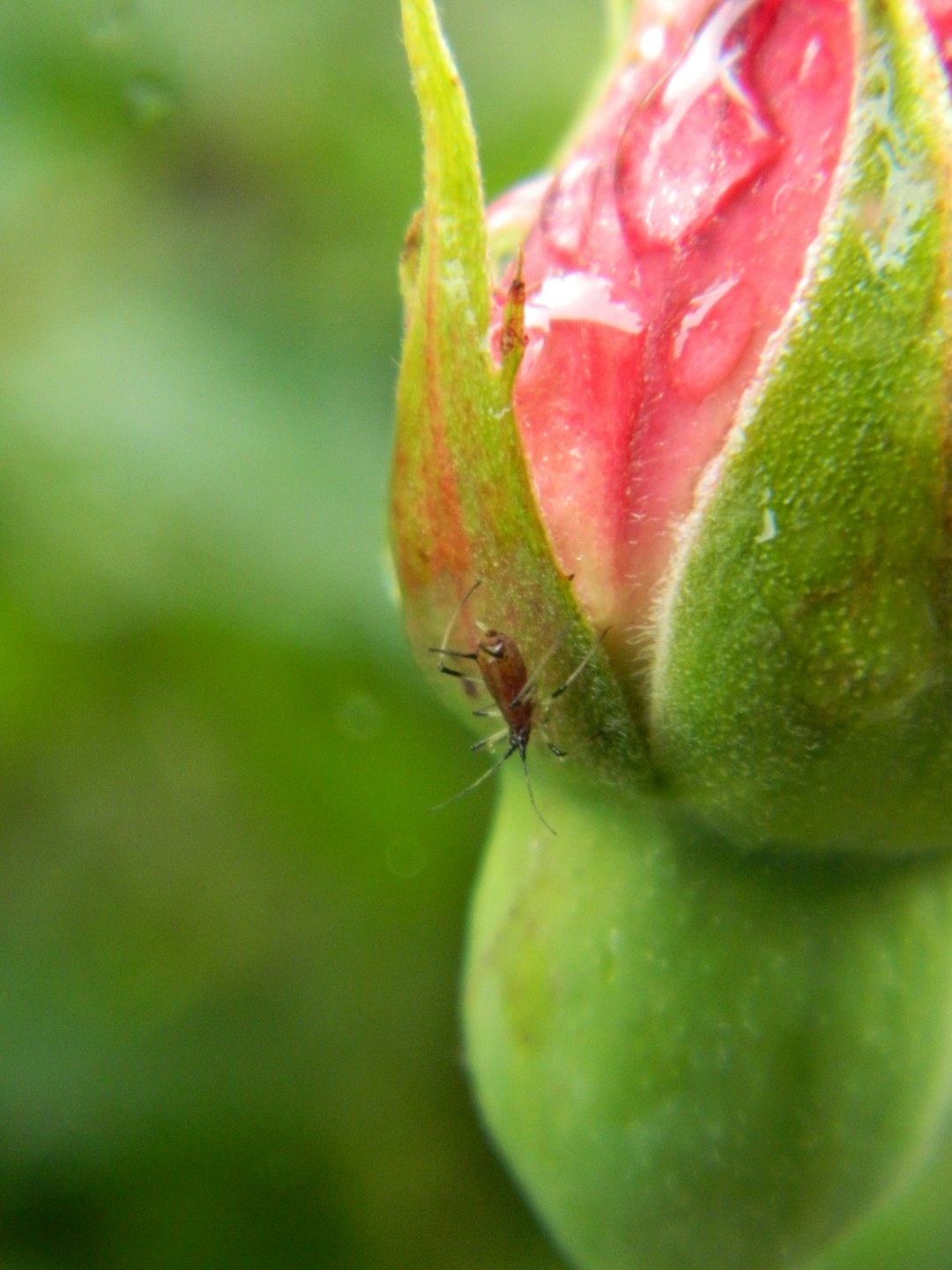Unveiling the Charm of Shade - Loving Groundcovers

In the enchanting world of gardening, the quest for the perfect plant is a journey filled with discovery and delight. Among the many options available to gardeners, perennials stand out as reliable and beautiful additions to any landscape. One such remarkable perennial is a whispy yet hardy groundcover that thrives in shady conditions, offering both colorful foliage and delicate blooms.
This groundcover is a true gem for those who have areas in their gardens that receive less sunlight. Shady spots can often be a challenge to plant, but this resilient plant rises to the occasion. Its ability to grow and flourish in low - light environments makes it a valuable asset for gardeners looking to add some life and color to those forgotten corners of their yards.
The foliage of this groundcover is a sight to behold. It comes in a variety of colors, ranging from deep greens to variegated patterns of green and white or even hints of purple. The leaves are often textured, adding an extra layer of visual interest. Whether it's the smooth, shiny surface of some varieties or the more ruffled and crinkled appearance of others, the foliage provides a lush and inviting carpet on the ground.
When it comes to blooms, this groundcover does not disappoint. Delicate flowers emerge from the foliage, adding a touch of elegance to the garden. The flowers can be in different shapes, such as bell - shaped or star - shaped, and come in an array of colors including pink, white, and lavender. These blooms not only look beautiful but also attract pollinators like bees and butterflies, enhancing the biodiversity of the garden.
One of the great advantages of this groundcover is its hardiness. It can withstand a range of weather conditions, from mild winters to hot summers. It is also relatively low - maintenance, which is a huge plus for busy gardeners. Once established, it requires minimal watering and fertilizing. It spreads slowly but steadily, filling in the empty spaces in the garden and creating a cohesive look.
Planting this groundcover is a straightforward process. First, choose a suitable location in the shade. Prepare the soil by loosening it and adding some organic matter to improve its fertility and drainage. Dig small holes at appropriate intervals and place the plants in the holes, gently firming the soil around them. Water thoroughly after planting to help the roots settle in.
To keep the groundcover looking its best, it's important to do some basic care. Prune away any dead or damaged foliage in the spring to encourage new growth. You can also divide the plants every few years to prevent overcrowding and maintain their health. This is a simple process that involves digging up the plant, separating the clumps, and replanting them in new locations.
In addition to its aesthetic appeal, this groundcover also has some practical uses. It can help prevent soil erosion on slopes and banks. The dense foliage acts as a natural barrier, holding the soil in place and reducing the impact of rain and wind. It can also be used as a border plant, defining the edges of flower beds and pathways.
Overall, this whispy yet hardy groundcover is a wonderful choice for gardeners. Its ability to thrive in shady conditions, its colorful foliage, and delicate blooms make it a standout plant in any garden. Whether you're a novice gardener just starting out or an experienced horticulturist looking for something new, this groundcover is definitely worth considering.
So, if you have a shady area in your garden that needs some love and attention, don't hesitate to introduce this amazing groundcover. It will transform that dull spot into a vibrant and beautiful part of your outdoor space, bringing joy and beauty for years to come.